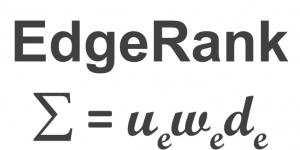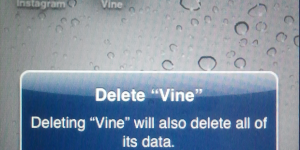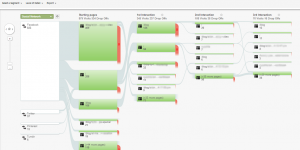X Steps for Great Social Media Content
4 Simple Steps for Success on Web 2.0 Websites and Social Media Participate: Actively engage your audience. Authenticity: This term is nearly worn out, but it is absolutely true. Phonies and BS get’s outed very quickly. People and brands that are open and honest are the most respected and by far the most successful. Great content: publish meaningful and interesting content. It doesn’t have to be the next NY Times best seller. Sharing your unique insights and expertise can be great content. Likewise sharing interesting personal experiences is also great content. This relates back to #1 Participate and #2 Authenticity. Do it! So many never really get started or start and then stop being actively engaged and participating.
Read more







